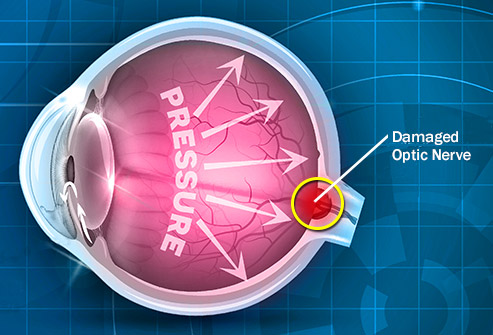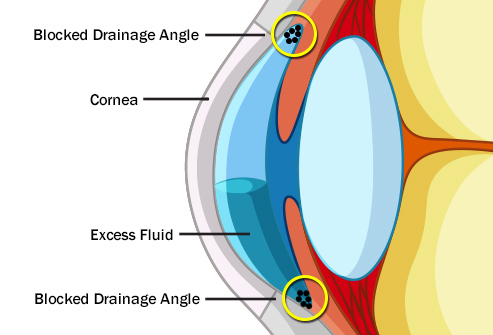Eye conditions

Age Related Macular Degeneration (or AMD) / any other central vision loss
The eye is like a camera and our macula is the central part of the ‘seeing layer’ (or retina), which acts much like the film in a camera. The macula is responsible for fine, detailed ‘straight-ahead’ vision and for seeing people’s faces, detecting colour, reading fine print and finer tasks, such as needle-threading or sharp distance vision.
Macular degeneration affects approximately 1in 7 Australians over the age of 50 and with each decade this increases. If there is a family history of AMD you have a 50% chance of inheriting this condition. (Macular Disease Foundation, Australia)
There is medical treatment available for some people with AMD of the ‘Wet’ type, which involves receiving injections from your eye doctor to control fluid build-up in the macular region. These injections are now listed on the Pharmaceutical Benefit Scheme, making it an affordable option for many Australians.
The majority of AMD patients, however, have what often is labelled as the ‘untreatable’ ‘Dry’ type, where traditional medical approaches do not assist, however low vision aids generally do help you in using your remaining vision despite the presence of ‘Wet’ or ‘Dry’ AMD, or many other types of eye conditions.
The other good news is, that loss of central vision does not equate to total blindness. We also utilise our side or ‘peripheral’ field of vision for detecting movement, shape and for independent mobility. It is this side or peripheral vision, which may be utilised in ‘eccentric viewing’ training once our Orthoptist maps out your remaining central field.
Southern Low Vision also has a wide range of specific optical and electronic aids to help you utilise your remaining sight despite the presence of an eye condition. Traditional optical magnifiers can prove difficult to use with central vision loss, hence electronic magnification is an option many find helpful.
Diabetic Retinopathy
Diabetic Retinopathy is a condition present in at least 1.1 million Australian Diabetics, where the blood vessels in the ‘seeing layer’ (retina) are affected.
Problems may include, vessels leaking fluid into the central or other retinal areas, distortion of vision, haemorrhaging within the retina, a blockage in blood supply, ‘patchy’ vision loss, or an increased chance of Glaucoma.

Photos courtesy of WebMD

Photos courtesy of WebMD

Photos courtesy of WebMD
Glaucoma
Glaucoma is a condition in which raised pressure within the eye may lead to nerve damage and subsequent peripheral field (side vision) loss.
Whist often managed with drops, surgery or laser, Glaucoma is often asymptomatic (regarded as the ‘sneak thief’ of sight), so annual, two-yearly or sometimes more regular testing by your optometrist or eye doctor is recommended. If you are over the age of 40 or have any family history of eye disease, seek a consultation, regardless of whether symptoms present.

Cataract
Cataract is the clouding of the lens in the eye, generally due to excessive UV radiation, trauma, or the aging process.
Whilst a cataract is easily removed, by an eye doctor, (with surgery), glare sensitivity or low vision is an issue whilst you wait for your surgery. Some strategies for enhancing contrast, better lighting, magnification and glare control may help you enormously.

Retinitis Pigmentosa
Retinitis Pigmentosa, is a genetically linked condition, leading to gradual (and usually complete) vision loss as the peripheral (side) vision ‘closes in’ over several years. Difficulty adapting to the dark is often one of the first signs.
Albinism
This is just one of many general conditions which can have an enormous impact on vision. Due to the reduced amount of pigment in the eye, a person with albinism will generally be more sensitive to bright light. Some low vision is often associated with the condition, however magnification may help.
Nystagmus
Nystagmus is an involuntary ‘jerking’ or ‘wobble’ of the eyes, generally associated with low vision from a young age or sometimes associated with brain-based disorders. In many cases of nystagmus associated with low vision, a person may adopt a head posture to place the eyes in the position of least ‘wobble’.
These sorts of adaptations are best explained to others in a Functional Orthoptic Vision Report, so a strategy can be put in place to help you manage daily life despite this occurring.
Other causes may include any eye condition leading to dysfunction of the visual system or of eye movements and trauma to any part of the eye or brain (so, just like in damage to a wired camera, the image you experience, won’t be perfect).
